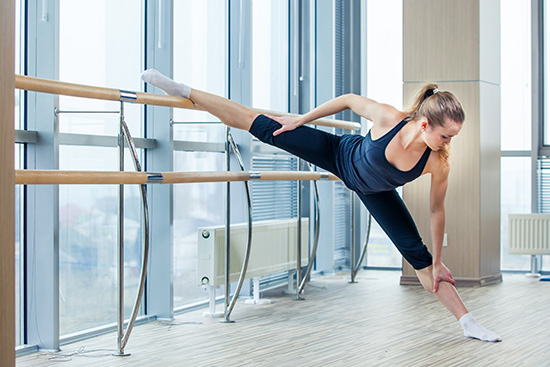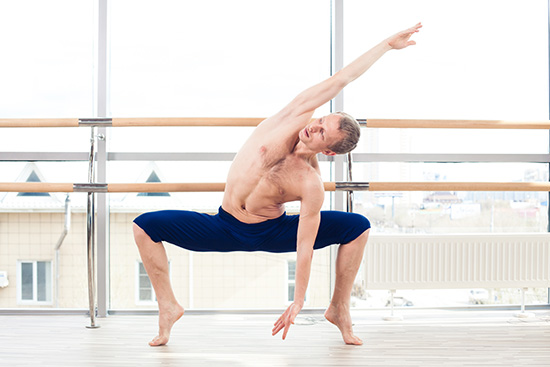Barre fitness is the newest exercise fad popping up on every corner. It is described as a combination of Yoga and Pilates with the use of a ballet barre for balance and your own body weight or very light hand weights for strength. My experience in having taken several classes is, the movements can be broken down into partial range of motion movements, full range of motion movements, and isometric muscle contractions. With no scientific research on this exercise phenomenon, one can only use exercise physiology to determine the method behind Barre.
Partial ranges of motion movements are an integral part of Barre fitness, where the muscles are working at a high intensity. As the muscle is contracted, muscular strength varies throughout the entire range of motion. Working the muscle in the upper completion of the movement for multiple repetitions helps to increase muscle endurance and muscle mass.
Full range of motion movements are completed after several repetitions of partial range of motion movements. These dynamic, full joint range exercises provide a stretch to the muscles after they have been repetitively worked at a high intensity, as well as, providing an increase in muscular strength.
The third movement in the Barre fitness sequence is isometric muscle contractions, which are muscle contractions held in a static position where the length of the muscle does not change. This allows the body to stabilize the joint, providing less stress on the joint while increasing muscular strength.
Barre fitness provides a strengthening program using several methods to achieve overall muscular fitness. Instructors provide several modifications for each movement taking into consideration possible joint pain, therefore individualizing the program to suit each person’s needs. With a cardiovascular exercise regime, Barre fitness is a great addition to an individual’s workout.



Leave a Reply